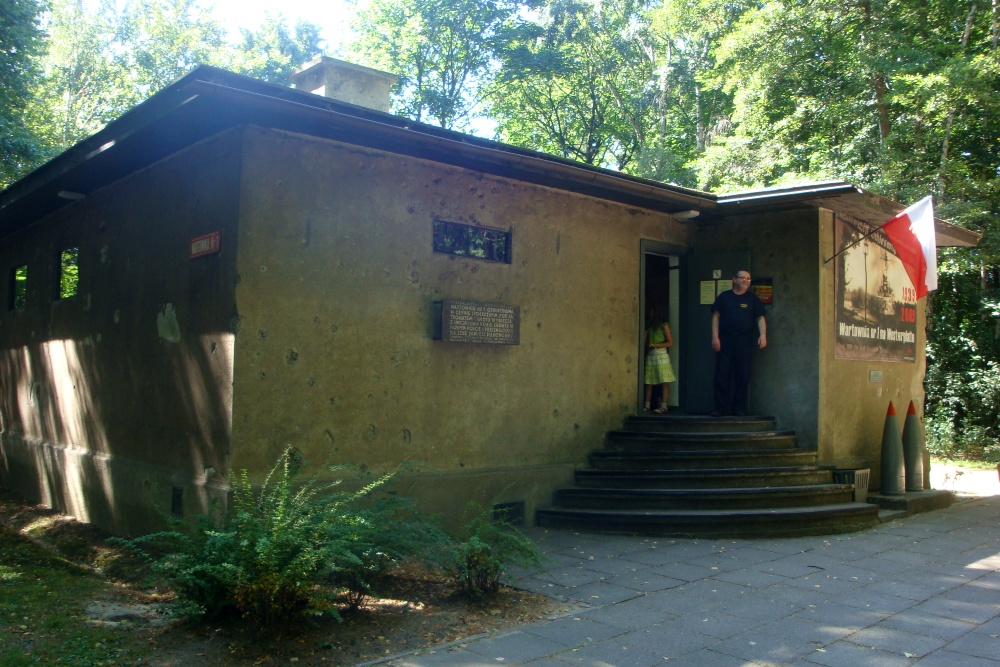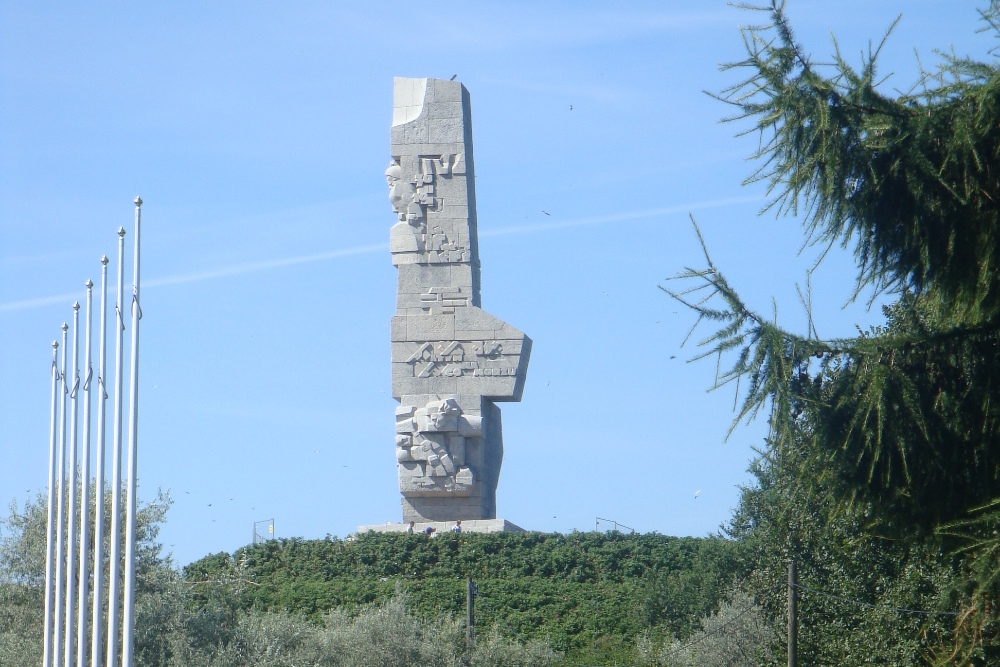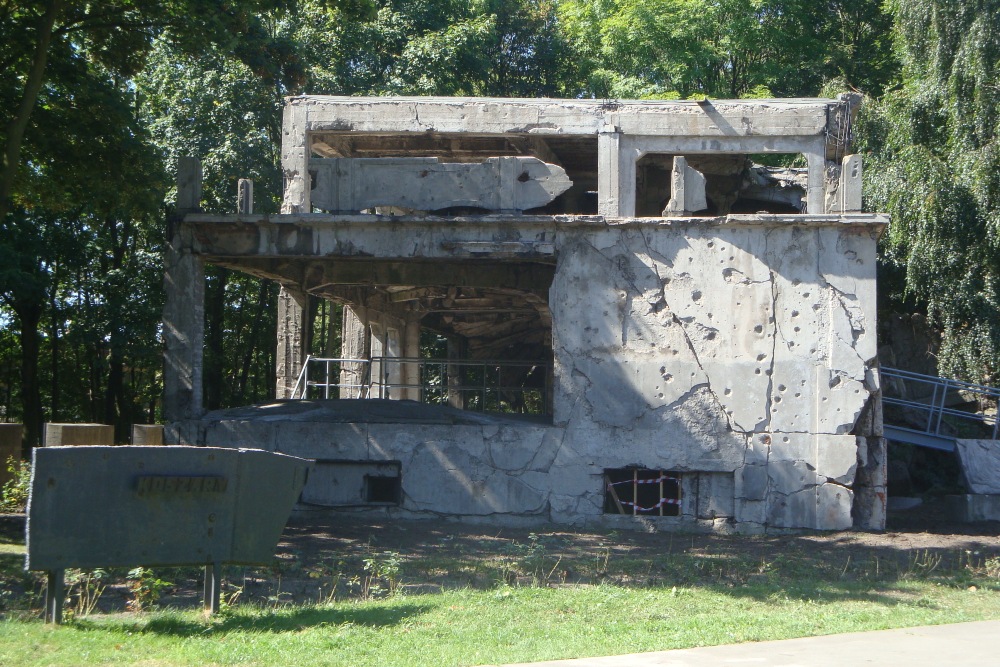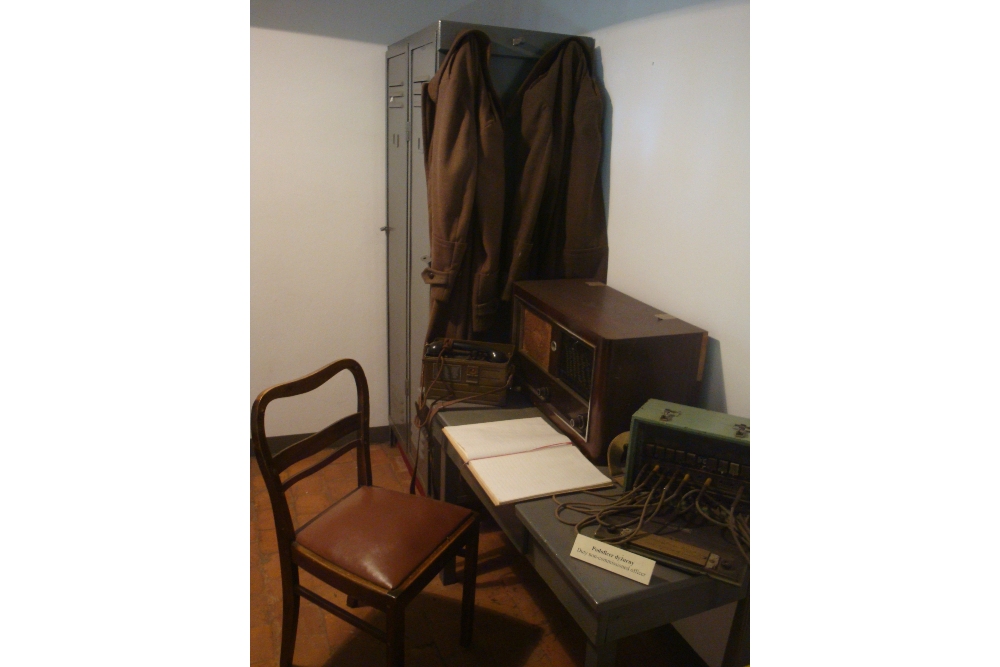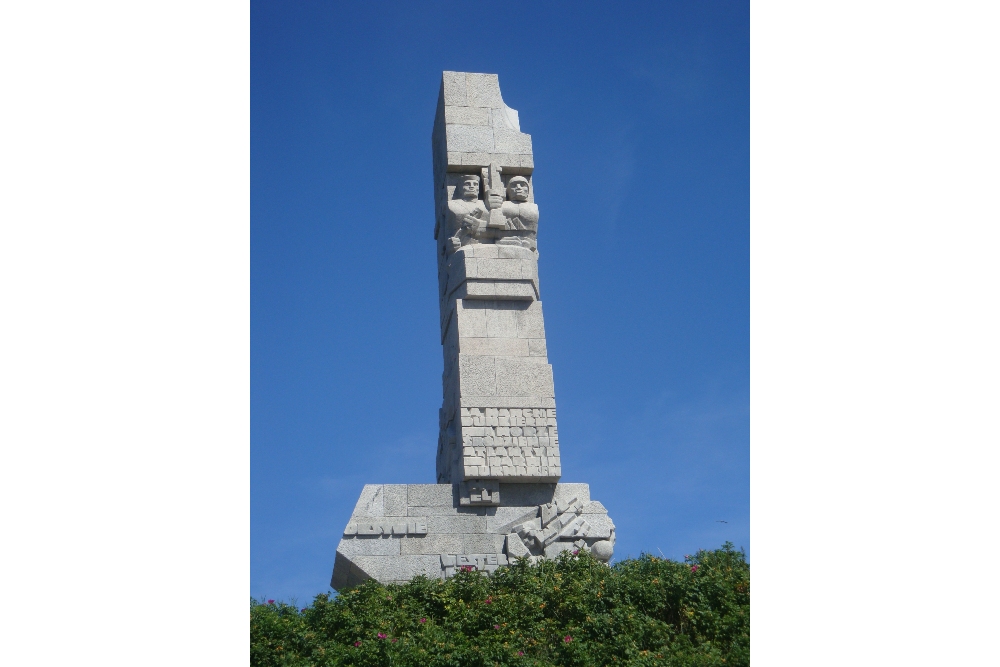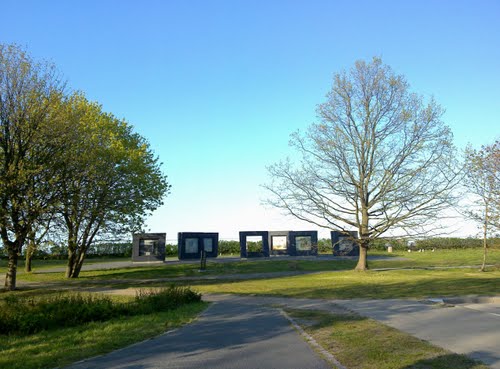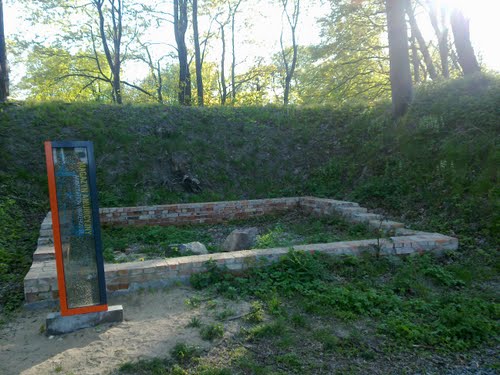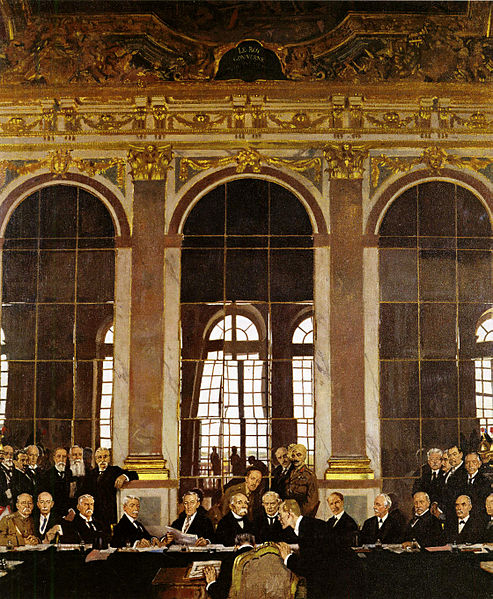Remains of Military Transit Depot Westerplatte
Introduction:
Westerplatte is a long peninsula at the entrance to the harbour of the Polish city of Gdańsk, about 7 kilometres north of the city centre on the Baltic Sea. When Danzig (now Gdańsk) became a free city after the First World War, Poland was allowed to occupy Westerplatte for military and commercial purposes and stationed a garrison there to protect and guard it. Among other things, a military depot was put into use by the Poles.
Start of the Second World War:
On 1 September 1939, the Germans fired the first shots from the old battleship Schleswig-Holstein, immediately followed by an attack from land. It was sunrise, and this would be the official start of the Second World War. The military depot was the Germans' first target. The 182 Polish soldiers of the garrison, heavily outnumbered, were completely surrounded for a week but continued to fight.
Eventually, the Poles gave up their resistance after repeated bombardments by German Stuka aircraft, shelling from the battleship and heavy artillery. Polish Major Sucharski had been ordered to defend the depot for 12 hours. Only after seven days of heroic fighting did the Poles finally surrender.
After the war:
When the Second World War ended, Westerplatte became a national symbol of Polish resistance. Visiting heads of state and official delegations were often invited to visit the peninsula.
The then (Polish) Pope also paid a visit. The ashes of the Polish major who held out for so long were scattered at the Westerplatte cemetery.
Next to the cemetery, the former battlefield is an open-air museum. Since 2024, the former power station has housed a branch of the Gdansk Second World War Museum, which tells the story of the military base and the battle of 1939. There are still some remains of Polish barracks, foundations of the depot and other buildings. There is also an imposing stone monument in memory of the Polish defenders of the battle and commemorating the start of the Second World War in Europe.
Finally, you can take a look inside guardhouse number 1, which is the only one still standing. It has been converted into a small museum and has been restored to the same condition it was in when the battle took place in the early days of the war. It is well worth a visit.
Do you have more information about this location? Inform us!
Source
- Text: Cheapskatetravel.nl
- Photos: Cheapskatetravel.nl
Related books
Nearby
Museum
- Westerplatte - Guard Post No.1 Westerplatte Museum - Gdansk
- Westerplatte Museum - Gdansk
- Gdansk Museum of the Second World War - Gdansk
Point of interest
- Westerplatte - Remains Depot Westerplatte Train Station - Gdansk
- Westerplatte - Former Entrance Westerplatte - Gdansk
- Westerplatte - Remains Amunition Magazine - Gdansk
Monument
- Memorial "Westerplatte" - Gdansk
- Memorial Sign "Nigdy Wiecej Wojny" - Gdansk
- Defenders Westerplatte Memorial - Gdansk
Cemetery
- Symbolic Polish War Cemetery Westerplatte & Grave Sucharski - Gdansk
- Cemetery Victims National Socialism "Zaspa" - Gdansk
- Soviet War Cemetery Gdańsk - Gdansk
